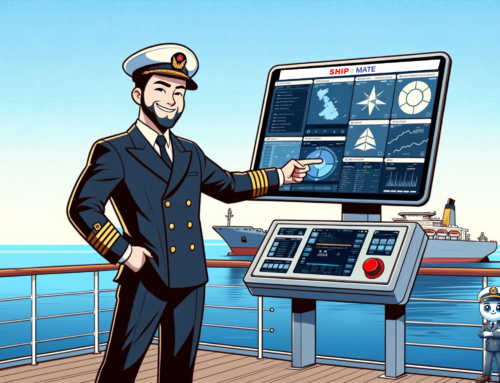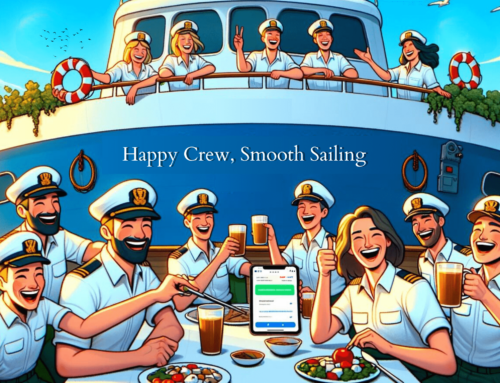Management of marine crew’s work and rest hours is a moral responsibility above being a statutory requirement that needs to be considered by all decision makers for the prevention of crew fatigue and the promotion of the seafarers’ wellbeing.
The regulatory requirements in place, the rest hours of the crew members on board on a daily basis can be recorded in three ways:
- Maintaining hand-written ledgers entering the working and rest hours of all crew members
- Maintaining an Excel spreadsheet or a similar conventional online document to keep track of the work and rest hours
- Using a modern state-of-the-art Ship Work and Rest Hour Management Software (which could come as part of a Crew Management System) to record and track the work and rest hours of crew members
Of late, the third option is widely in use owing to its convenience and time-saving ability to maintain daily digital records of crew members’ work and rest hours in compliance with regulatory requirements in an increasingly transparent manner to best ensure crew safety and prevention of fatigue.
Advantages of using a Work and Rest Hours Management System
While maintaining manual ledgers was the norm until a few years ago to keep a track of the work and rest hours of crew members, this has been widely replaced by this intuitive software in recent times. The advantages of these systems over manual entry systems include:
- Quick, automated and time-saving information entry process
- Provision for entry of meal times and short breaks
- Reduction of human errors
- Prevention of data fudging
- Non-conformity to suggested norms can be picked up in a quick and efficient manner
- More efficient and visual presentation of fleet-wide work and rest hours during revie
Features of Ship Work and Rest Hour Management Systems
There are three main aspects to any good work and rest hour management software. Firstly, the software must have an easy to use and simple user interface that can be understood and used in an intuitive manner by the general man. Secondly, it must ensure the user to schedule and record work and rest hours of the crew members strictly in compliance to the suggested enforced norms to plan day-to-day ship activities for normal as well as emergency conditions. Thirdly, these records should be easy to update and be available on a database to be reviewed at a later date for official inspection by authorities.
In essence, the use of a software to plan and track the work and rest hours of marine crew allows for convenience, transparency, viability and long-term efficiency for all the fleet members involved.


